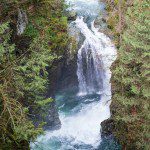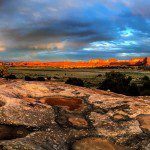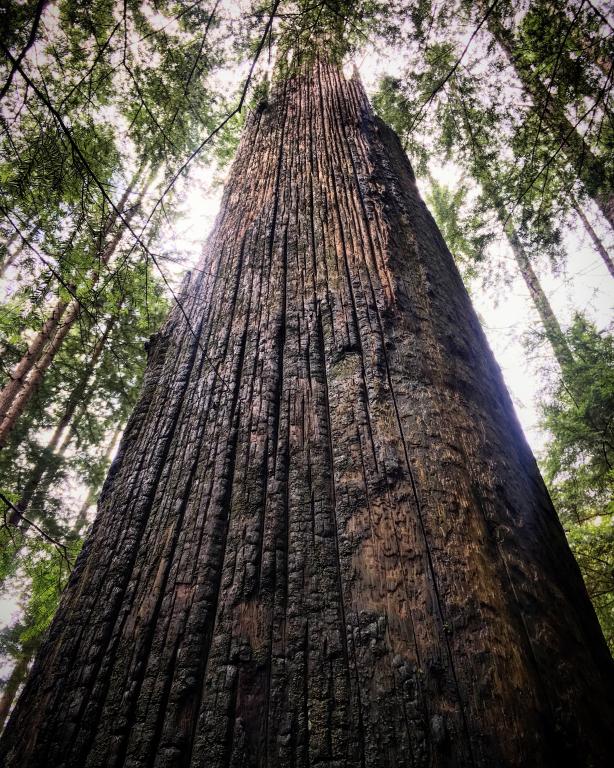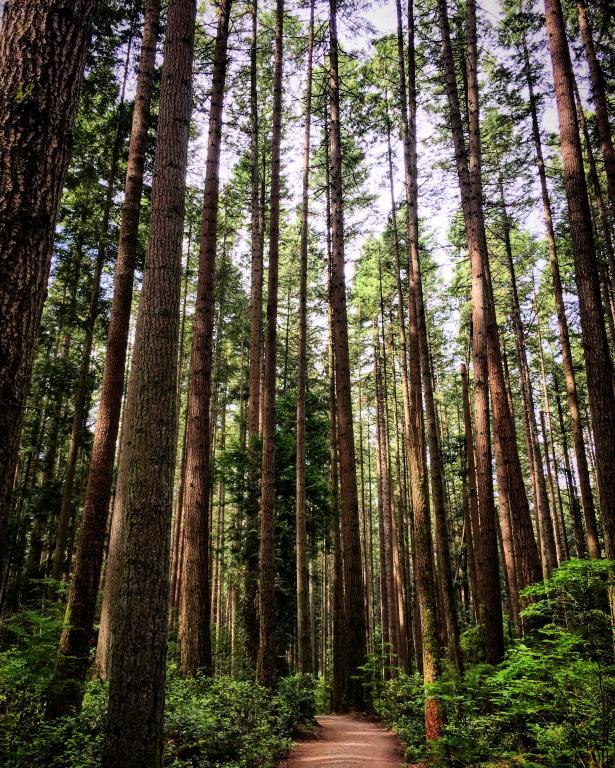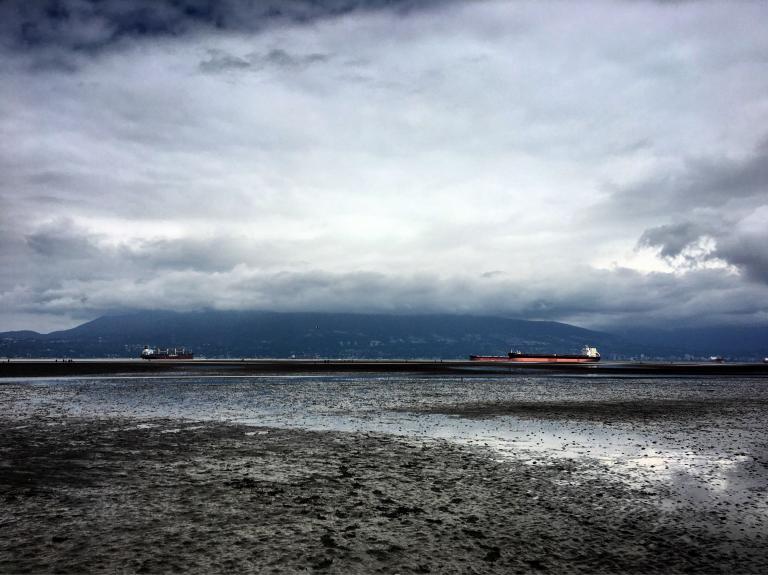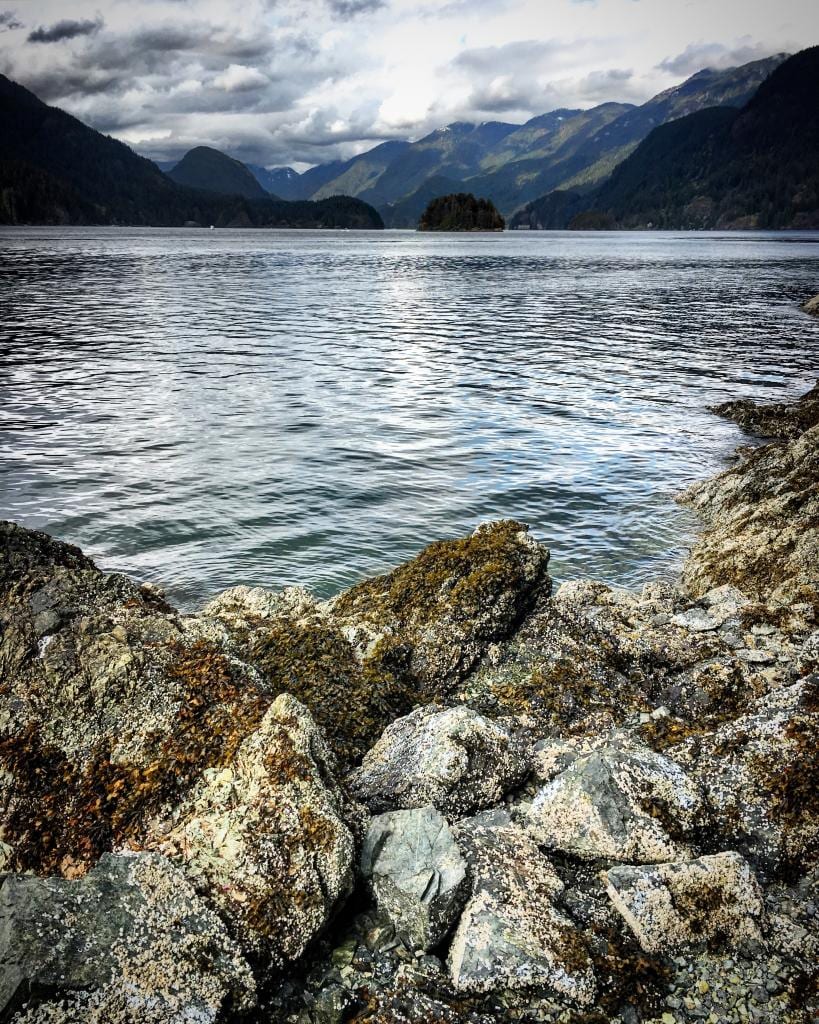
As soon as I arrived in Sedona, I headed over to the Chamber of Commerce to check out what the place might have to offer. I have arrived earlier than expected, the rest of my family not yet here for my brother’s wedding (I get to officiate!). As I crossed the road, a giant pink SUV turned onto the highway loaded with experience-eager seekers headed for the red rock cliffs on the eastern horizon. I pass a crystal shop, and a sign offering ‘Aura Photos.’ If Holyscapes were turned into a theme park, I imagine this is what it might look like.
During my recent stay at Christ in the Desert monastery near Abiquiu, New Mexico, I came across a familiar title on the library shelves. Belden Lane’s The Solace of Fierce Landscapes, which was partly written at the monastery guesthouse, is both scholarly and autobiographical. It details the origins and history of the Christian fascination with desert and mountain landscapes, while weaving in the author’s experience with his mother’s death from cancer. The book came to me at a serendipitous time. Not only was I studying contemporary monastic landscape in the deserts of the American Southwest, but my heart was feeling as raw as the naked cliffs that now surround me.
I got back in my truck, and followed the tourist map to a nearby “vortex” rock. I arrived at Bell Rock, which sure enough is shaped like a large bell, or Buddhist Stupa. The parking lot was packed with tourists and seekers. I walked along the path approaching the rock and nodded to fellow hikers. The views were spectacular, and the spring wildflowers were starting to punctuate the monotonous tans, greens and browns of the washes and mesas.
A vortex, as experienced in Sedona, is a part of New Age Spirituality. These hand full of prominent features are said to be centers of earth’s energy, which, depending on the site is either flowing in or flowing out. Any serious practitioner should learn the qualities of each, and apply them to their needs: healing, clarity, calm, a sense of oneness, etc. The Chamber of Commerce had an entire wall of self-professed Gurus and Shamans to guide one through an authentic vortex experience.
Sedona started attracting New Age pilgrims in 1987, when the first global “Harmonic Convergence” centered here, not far from where I was hiking at the foot of Bell Rock. The town is chock-full of crystal stores, excursion outfitters and spiritual centers. Alien abduction stories are common, and flying saucers dawn several local eateries. The Yavapai and Apache lived in these valleys from the 1300s, but were drive out in the 19th century by a gold rush in nearby Prescott. It is a spiritual center, a Holyscape, but somehow I felt uncomfortable with the scale and commercial orientation of the place.
Sitting on a low shelf on Bell Rock looking to the north, watching to sunlight cast long shadows on the breathtaking buttes, I didn’t feel anything particularly new or different. I spend a lot of time outside, and this hike didn’t feel much different, except that I was starving, having forgotten to eat before I left town. I don’t have any judgement one way or the other for New Age Spirituality or vortex encounters. I suppose I would need to spend more time here, and be able to afford a guide.
Perhaps my skepticism is best articulated in Solace of Fierce Landscapes. In his Introduction, Lane writes that, “even the most deeply moving thoughts and feelings about God can get in the way of meeting God most intimately” (13). As Lane describes, desert spirituality has often been associated with the apophatic tradition. Apophasis (beyond the image), is the thread of the contemplative Christianity that emphasizes the fact that God is ungraspable, beyond understanding, beyond words and human understanding (12). Writers like John Cassian or Meister Eckhart see theology in the negative–we can understand God better by proposing what She is not.
I am of course completely susceptible to the experience-based spirituality. My entire field of academic research, and this blog are focused on experiences of the sacred. Meditation, prayer, the Mass, hiking, are all experiences I seek because of the effects they produce in me: deeper peace, a stronger sense of connection to and therefore responsibility toward the world, etc. My Instagram documents my experience of many a beautiful place. But the desert writers are apparently indifferent to these “experiences of the sacred” and quests for self-realization (13).
Perhaps what Lane has taught me is that Sedona has become a domesticated desert, which used to be full of demons, and danger, and the very real prospect of death from the elements. Perhaps Sedona feels appropriative of Native American intuition about the land, and too easily packages it into a ready-made product-experience for those willing to pay for it. But if these places can help people authentically deepen their sense of connection to the world, encounter the Divine, or heal from past trauma, who am I to criticize them?
Like a favorite sacred space, church, temple, Synagogue, or sacred grove, much of what we encounter there depends on the intention and expectation we bring into the space. And God, who is universal, so often simply must be experienced in the particular. Therefore it does not surprise me that the supposed Vortexes are imagined to be embedded in particularly beautiful landscapes features (one is even called Cathedral Rock).
But the ready-made spiritual experiences Sedona’s Gurus offer make me think that perhaps the Apophatic writers have gotten something right. If we link our spiritual life to the experiences that make us feel good, or even interconnected, they become a kind of fix upon which we are in danger of becoming dependent. God is not a vending machine into which we deposit our obedience or spiritual practices, expecting something in return. God, like the desert in its original sense, is wild, undomesticated, and our spiritual lives must be open to mediocre, boring, or even the terrifying side of God. Pain and suffering and anxiety and sadness, as I have learned, are good teachers too.
As I got up to leave, I caught the eyes of a couple setting up to do yoga on another perched ledge of Bell Rock. I smiled, nodded and started to head back to my truck. I don’t know them, and I don’t know what they seek, but I hope they find it. Lord knows we could all use as much help as we can get.

